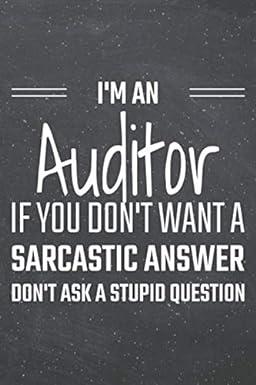Question
11. Laurie owns a Pluto X20 convertible. She has owned several other Pluto cars over the years. She has even convinced several family members and
11. Laurie owns a Pluto X20 convertible. She has owned several other Pluto cars over the years. She has even convinced several family members and friends to buy Pluto automobiles. Recently, however, she had a bad service experience at a Pluto dealership. Nevertheless, she decides to purchase a Pluto Y20 for her daughter. In the given scenario, Laurie's engagement with Pluto automobiles best illustrates _____. a. brand loyalty b. brand inertia c. brand equity d. brand extension 12. Bill is a member of the Conway City Council. He wants to run for the position of mayor of Conway in the upcoming elections. The perceived state for which Bill aspires is called his _____. a. desired state b. hypothetical state c. actual state d. ideal state 13. Fatima wants to purchase a house and has been viewing residential properties for the past two months. She has been searching for information on the Internet and consulting friends and family in order to arrive at a satisfactory decision. Which of the following decision-making approaches is Fatimah employing? a. The extended decision-making approach b. The limited decision-making approach c. The routine decision-making approach d. The habitual decision-making approach 14. Ben has a high-paying job, and he wants to buy an expensive car. However, he was raised in a family where spending on luxury is considered wasteful. Even though Ben wants to replace his old car with an expensive one, he is concerned about his parents' reaction to his purchase decision. In this case, Ben is concerned about the _____ associated with the purchase. a. time risk b. performance risk c. social risk d. financial risk 15. When consumers engage in _____, they tend to search diligently for information that will help them reach a satisfactory decision. a. routine decision making b. limited decision making c. extended decision making d. habitual decision making 16. The situation in which consumers are presented with so many details and facts that they cannot assimilate them all is referred to as _____. a. augmented reality b. information overload c. brand inertia d. search regret 17. In selecting the best information source, consumers: a. consider the ease of obtaining information from the source. b. rely on the sources they know to be biased in favor of the product under consideration. c. with high self-esteem favor impersonal sources of information such as the Internet. d. do not consider the speed with which information can be obtained. 18. Jake has been driving his hatchback for ten years now. He wants to buy a sedan. Jake's want for a sedan can be described as his _____. a. hypothetical state b. ideal state c. actual state d. desired state 19. Jacob went to the grocery store to buy breakfast cereal. He picked up a few cereal boxes to look up their ingredients. However, after going through a few boxes, he gave up and picked two different cereal boxes at random. He did not think that collecting information about his options was worth his time. Jacob's decision is an example of _____. a. an affect-based decision b. an attribute-based decision c. bounded rationality d. instrumental rationality 20. Aaron is planning to purchase a laptop. He is assessing laptop features such as hard disk drive capacity, processor speed, weight, and screen size, as well as the benefits associated with these features. The features and benefits that Aaron is considering to assess whether a particular laptop will satisfy his requirements are referred to as _____. a. points of reference b. evaluative criteria c. ordinal variables d. underlying attributes 21. Sean is planning to move to an apartment closer to the city center. He feels that staying closer to the city center will reduce his daily commute. This is an example of a(n) _____. a. feature b. attribute c. benefit d. concept 22. In the context of product categorization, Diet Coke, a brand of cola, is an example of a(n) _____. a. abstract category b. highest-level category c. subordinate category d. superordinate category 23. In the context of evaluating a car for buying, _____ is a hedonic criterion. a. number of seats b. fuel efficiency c. prestige d. safety
Step by Step Solution
There are 3 Steps involved in it
Step: 1

Get Instant Access to Expert-Tailored Solutions
See step-by-step solutions with expert insights and AI powered tools for academic success
Step: 2

Step: 3

Ace Your Homework with AI
Get the answers you need in no time with our AI-driven, step-by-step assistance
Get Started


